Objectives of the service
The following tasks are achieved with the SDFC:
-
Prediction of freight prices
-
Prediction of carbon emissions
This helps companies comply with EU’s efforts to make Europe the first climate neutral continent. The European Union is including shipping into the EU Emissions Trading System (ETS) as of 1 January 2024. Navi Merchants have already developed a commercial software that calculates freight prices based on Microsoft Excel formulas and inputs, having given freight buyers a rough tool to gain visibility into freight prices as well as carbon emission cost. The use of satellite AIS data and deep learning algorithms are be a game-changer to the industry, and a much more precise and efficient tool to comply with ETS.


Users and their needs
The primary users of the SDFC are be freight buyers, shipping companies, and logistics managers in the dry bulk industry seeking to go from hand calculation and calling shipbrokers via phone, to a one-stop digital solution. Given the increased focus on carbon emissions, end buyers are becoming increasingly conscious of what they buy. Until now, they had no way of knowing. Navi Merchants is looking to build the tool that enlightens them. Additionally, environmental regulators, governments and other stakeholders interested in sustainable shipping practices are also benefiting from the carbon footprint assessment feature of the tool.
Service/ system concept
Customers in the dry bulk shipping industry currently face challenges such as the labour-intensive process of freight price calculation, the lack of real-time pricing data, and the increasing need to understand and manage the carbon emissions footprint associated with cargo transportation. The SDFC directly addresses these issues by providing a fast, automated pricing tool that incorporates carbon footprint assessment, thereby enabling informed decision-making and adherence to environmental standards.


Space Added Value
The SDFC utilizes satellite AIS data (Automatic Identification System), which provides extensive information about ship movements. This data, combined with other relevant datasets (some external and some proprietary), is processed and analysed using deep learning models, particularly convolutional neural networks. The space assets, primarily the satellite technology, are crucial for capturing real-time data on a global scale, which forms the backbone of the SDFC's predictive capabilities and its ability to offer timely, accurate freight pricing and carbon footprint assessments. Shipowners (sellers of freight) often try to disguise their ships whereabouts and commercial plans, but they cannot hide from AIS satellites meaning buyers (and therefore end consumers such as you and me) gain the upper hand with the SDFC.
Current Status
The SDFC project is progressing with key milestones achieved. The company have completed two workshops in Copenhagen, and are gathering detailed insights into user needs and challenges. The deep learning algorithm development is underway, with early models showing promising results in freight price prediction using AIS satellite data. The carbon emissions module is in the testing phase, ensuring it aligns with the latest EU regulations. Currently, the company are integrating real-time satellite data feeds into the system and refining the user interface based on feedback from the workshops. The next phase involves launching a pilot program with five companies to validate system performance in live operational environments, scheduled to start next month.


